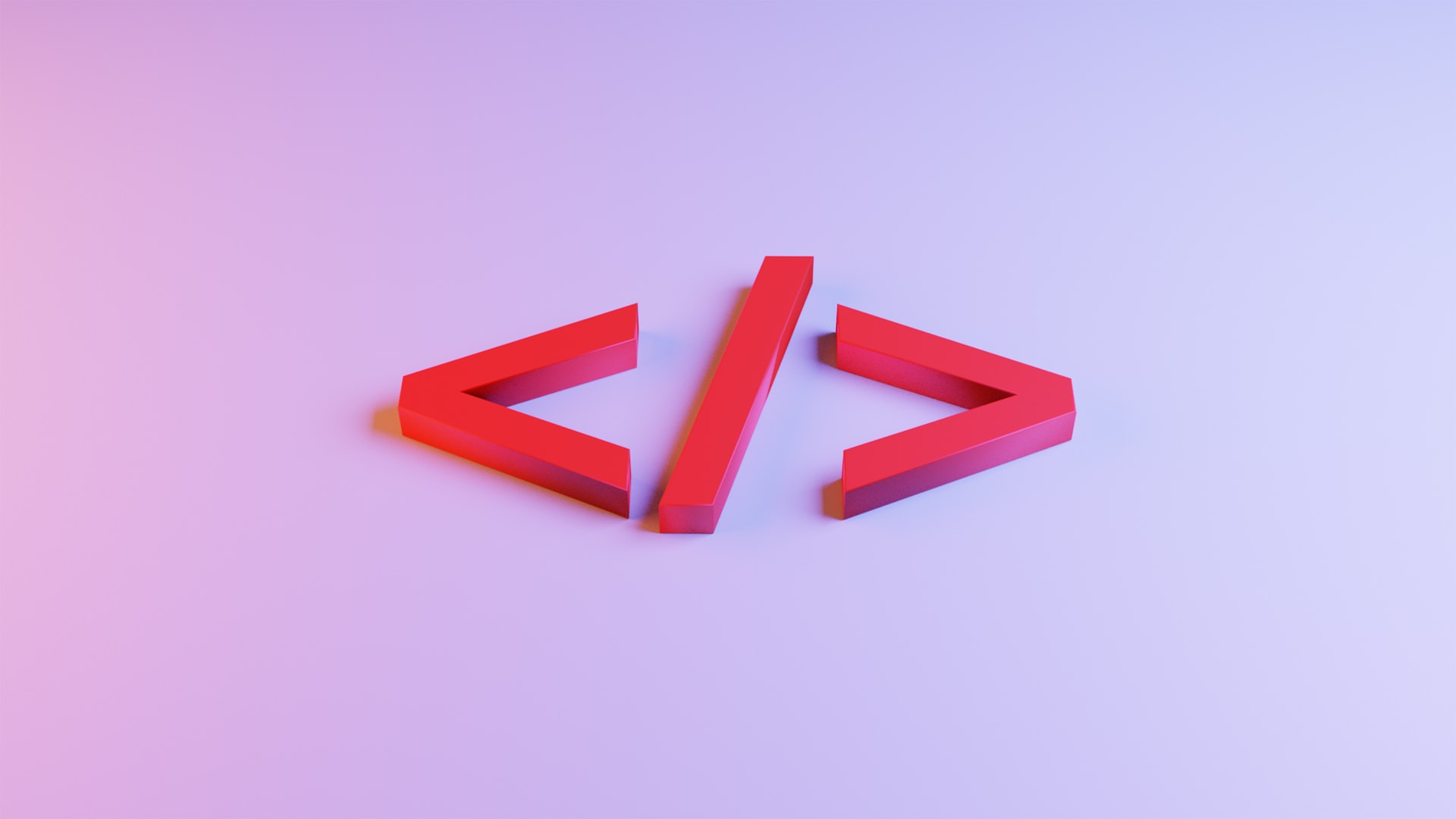
UX Design vs. Web Design: A Helpful Guide for Beginners
UX Design vs. Web Design: A Helpful Guide for Beginners
UX and web design are often used interchangeably in today's digital environment. However, these two fields have unique purposes and require different skillsets.
If you're starting your career in web development, it can be tricky to understand the distinction between UX design and web design.
This guide will provide an overview of the two terms so that you can make informed decisions about which one best suits your needs.
UX vs. Web Design
Web design and UX (User Experience) are complex concepts that include many different design areas.
UX focuses on how users interact with and perceive a website or mobile application. It considers factors such as usability, accessibility, and interaction when creating websites or applications.
On the other hand, web design focuses more on the visual aspects of a website, such as font choice and colour schemes.
A successful website will typically feature elements from both UX and web design; however, understanding their differences is necessary so you can create a truly powerful website.
What is UX Design?
UX design focuses on the user experience when interacting with a website or a web application. It is an approach to designing applications, products, and services that puts the users’ needs first.
UX designers strive to create easy and enjoyable solutions for their users, making them return for more.
The process behind UX design combines elements such as interaction, art direction, engineering, and marketing. The goal is to create an experience that meets the users' needs while providing a desirable experience that’s both visually appealing and intuitively understandable.
UX designers understand how users interact with applications through research such as interviews, surveys, studies, and experimentation. They consider factors such as customer feedback to create designs that improve user satisfaction and engagement.
What is Web Design?
Web design is the process of creating a website or web page. It involves understanding user needs, planning and creating a website's architecture, developing its appearance and functionality, and testing it to ensure it works correctly.
Web designers use a combination of HTML, CSS, JavaScript, and other modern coding techniques to create aesthetically pleasing websites that are both functional and easy to use.
The first step in web design is developing an idea for the site's overall design. This includes choosing a template or theme from which you can customize the look of your site.
The next step involves writing code to structure the site's pages in HTML or programming languages such as PHP or JavaScript. With this code, you can specify how different elements will appear on each page when viewed on devices such as desktops, tablets, and mobile phones.
Similarities & Differences
When discussing UX design and web design, the two disciplines have similarities and differences. For starters, they're both focused on making websites easier for visitors.
Both involve understanding user needs and creating designs that give users the best possible experience while navigating a website or application.
However, there are also important distinctions between UX and web design.
Web design focuses more on aesthetic elements such as colour schemes, typography, layouts, etc. At the same time, UX is primarily concerned with functionality — how easily users can complete tasks or find information on a website or application. Web designers consider the overall look of a site when designing it, but UX designers are more interested in how people interact with it.
Pros & Cons of both
Regarding website development, a common question that comes to mind is whether to use UX or web design.
Both approaches have pros and cons. UX design emphasizes user experience by ensuring that websites are easy to navigate and visually appealing. This approach makes websites more interesting and engaging for users but may require a larger investment in time and resources.
On the other hand, web design focuses on creating an aesthetically pleasing product using different visual elements such as colour schemes, fonts, images, and layout designs.
This approach allows designers to create eye-catching visuals but can be less effective in ensuring user satisfaction due to its limited scope of optimization options. Ultimately, both UX design and web design can have positive impacts when used correctly.
Final Thoughts
UX and web Design are both essential components in the digital world. Knowing their differences can help you choose which path to pursue your career.
UX design is about researching and understanding the user's needs, while Web Design is about creating a visually pleasing website that meets the user's goals. Although they share some similarities, each field has its unique skillset and process.
Contact EWM for empowering web design and development solutions featuring the latest UX design processes.